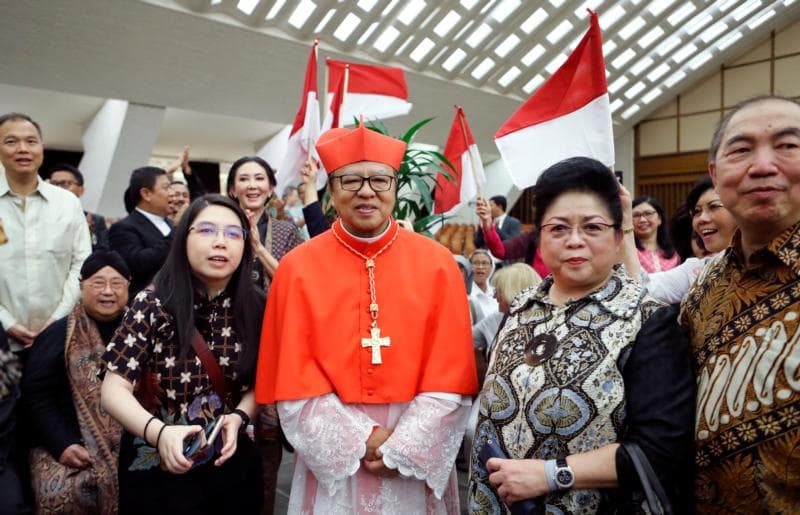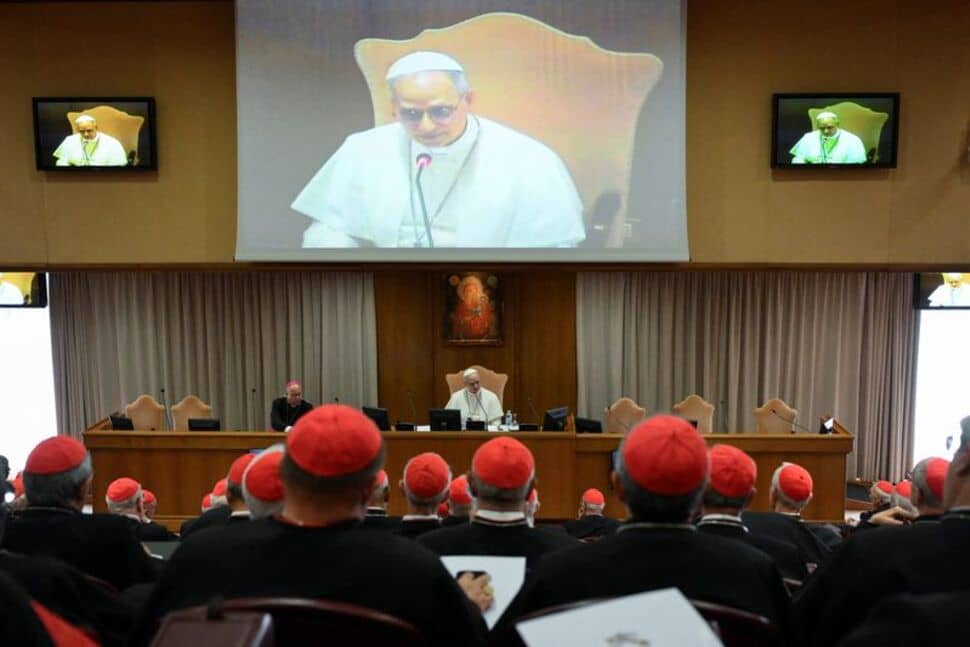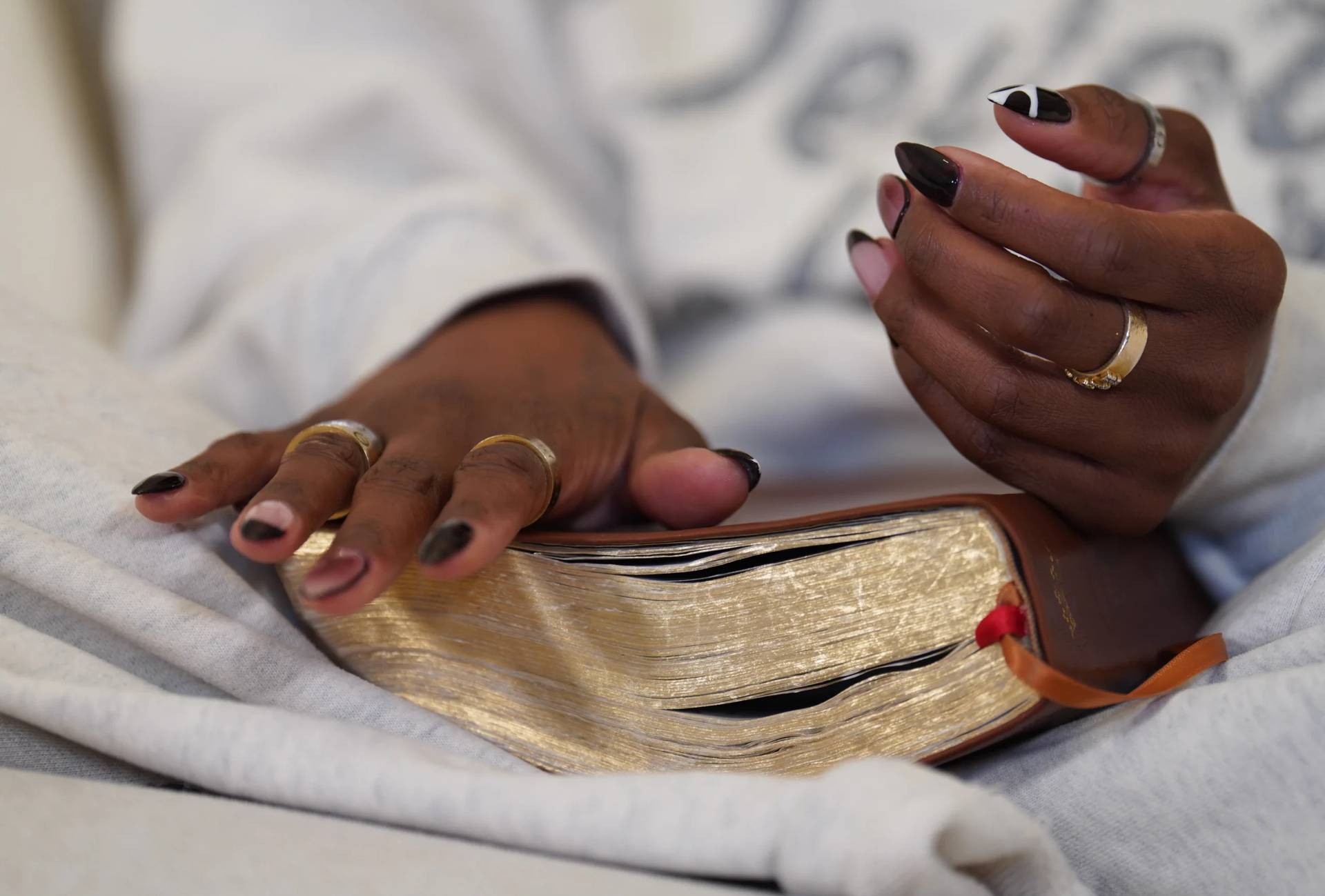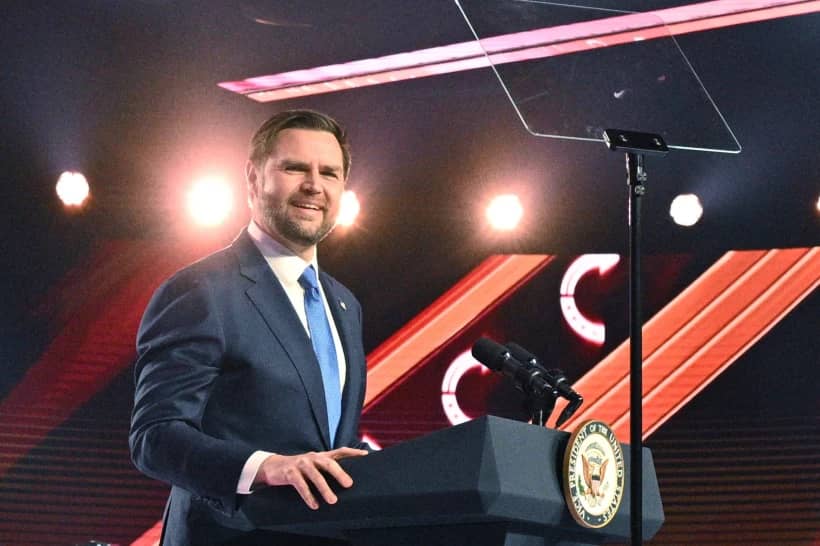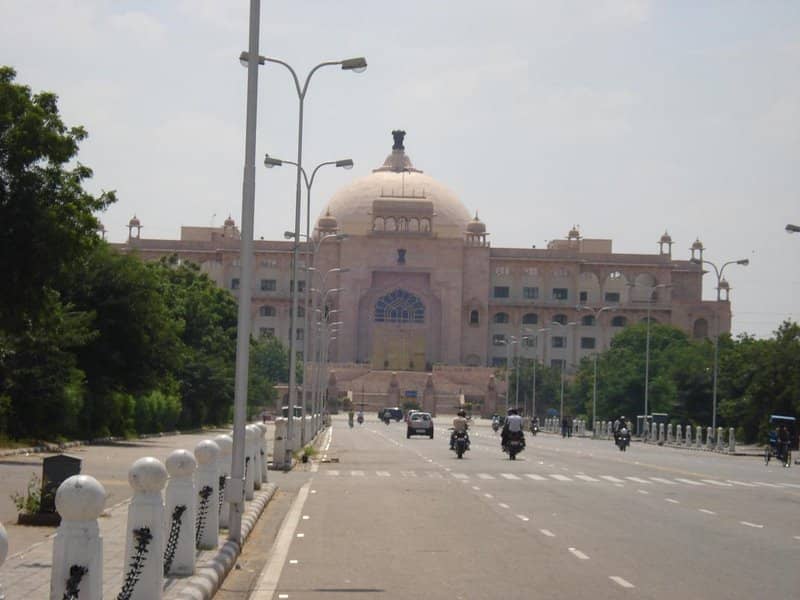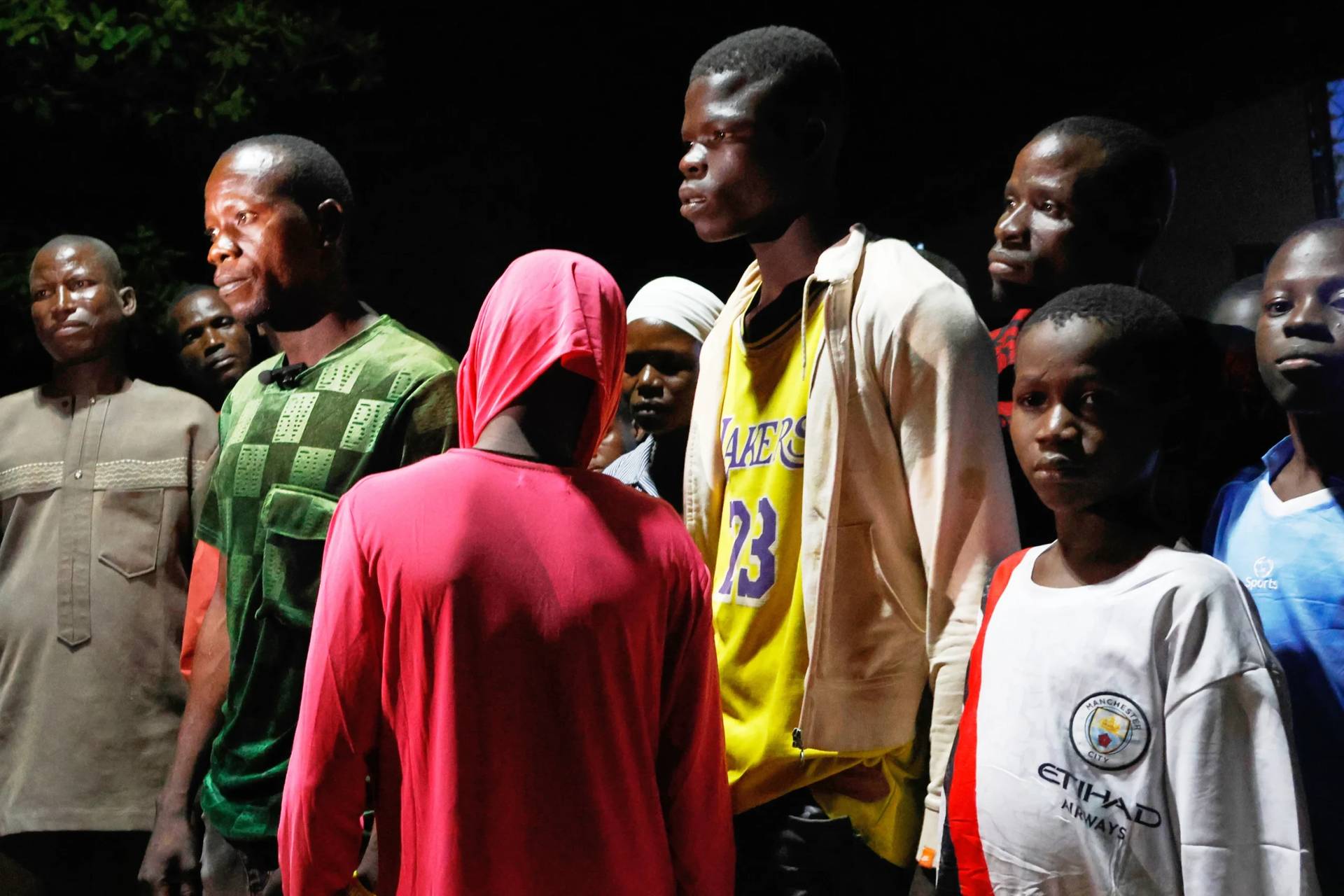MUMBAI, India – Indonesia’s new cardinal says the Catholic Church in Asia is a faith lived in diversity, and this is demonstrated within his own country.
Cardinal Ignatius Suharyo Hardjoatmodjo of Jakarta was one of 13 new cardinals created by Pope Francis on Saturday.
Before the ceremony, he told Crux he never thought he would be appointed a cardinal.
“As I understand it, this title has been given to me not because of any personal achievements. I am convinced this title has been given to me as a tribute to the Catholic Church in Indonesia in particular and more generally to the Indonesian people as a whole,” Suharyo said.
Following are excerpts of his conversation with Crux.
Crux: Can you tell us a bit about the role of the Church in Indonesia, a Muslim-majority country?
Suharyo: The life context of the Catholic Church in Indonesia in particular, and in Asia more generally, is not simply diversity in religion, but also in culture, and then there is poverty. To illustrate: Indonesia consists of more than seventeen thousand islands. There are more than thirteen hundred ethnic groups and more than five hundred languages. In such a vast country, the prosperity gap is very wide, meaning that in addition to religious and cultural diversity there are also many people still living in poverty. That was what the FABC realized back in 1974 during its first General Assembly in Taipei. This being the reality, the most important tasks for the Catholic Church in Indonesia, and more generally in Asia, are: interfaith dialogue, dialogue with cultures and dialogue with the poor.
What does becoming a cardinal mean to you?
Frankly, I don’t know much about this title “cardinal.” I never thought that I might be appointed a cardinal. As I understand it, this title has been given to me not because of any personal achievements. I am convinced this title has been given to me as a tribute to the Catholic Church in Indonesia in particular and more generally to the Indonesian people as a whole. The letter I received from the pope, states, “… as you now take your place as a member of the clergy of Rome, you will be able to exercise those virtues which are the mark of true Christian nobility: loyalty and fidelity usque ad effusionem sanguinis, traditionally symbolized by the scarlet robes of the Cardinalate … May this new stage in your life increase your capacity for compassion and enable you to imitate Jesus more closely.” For the time being this advice is sufficient as I adjust to the developing situation.
What contribution do you see the Church in Indonesia making to the entire Catholic Church?
I do not really understand what is meant by the word contribution. But if I understand it correctly, the fact that there is a Catholic Church in Indonesia surely contributes to the multi-colored face of the Roman Catholic Church. Conceptually, the Church in Indonesia – like other local Churches – certainly gives shape to the universal character of the Church. The Catholic Church in Indonesia – as well as other local churches – is also engaged in the spirit of ecclesial solidarity. To be more specific, not a few leaders of an international religious congregation come from Indonesia. Likewise, there are hundreds of Indonesian priests, brothers and sisters and lay people who are working as missionaries in other countries on all six continents. Our Indonesian liturgical songs are also a wealth not only for the Indonesian Church, but also for the Universal Church. The fact that the Prefect of the Pontifical Council for Interfaith Relations – the late Cardinal Jean-Luis Touran – visited Indonesia twice can be read as a sign that there is something to be learned from the Indonesian Catholic Church. That there is an Apostolic Nuncio in Indonesia and that there is an Indonesian Ambassador to the Vatican is also a sign that there are mutually enriching relations.
What is not widely known, is that there is an Indonesian corner in the Vatican Museum. The Borobudur Temple of Indonesia is on display: An ancient Buddhist temple in a country whose majority population is Muslim. The Borobudur Buddhist temple on display in the Vatican Museum, the center of the Catholic Church. Isn’t that a symbol of the extraordinary harmony over the centuries that we have displayed in Indonesia?
Can you tell us a little bit about your life in Indonesia?
I am the Archbishop of Jakarta, which is the capital of the Republic of Indonesia. Obviously, as bishop I spend most of my time accompanying people so that we are able to follow Jesus more faithfully. The basic dynamics of the Archdiocese are expressed in three terms: To be more faithful, to relate as a brother or sister to everybody, and to be more compassionate. The structure of our pastoral-evangelical ministry in the Jakarta Archdiocese has been established, but we need to maintain and develop it. There are sixty-six parishes in the diocese. Practically every Saturday and Sunday throughout the year I visit the parishes.
I also have responsibility as Chair of the Indonesian Bishops’ Conference. Conference policy is discussed and adopted during the annual meeting. Presidium meetings follow, that is representatives of each of the eight ecclesial provinces, and then carried out by the executive secretaries of the thirteen committees. As Chair of the Conference, I also represent the Conference in various national forums.
Since 2006 I have also been given responsibility as bishop for the military, that is, to provide spiritual accompaniment to Catholic soldiers and police. I carry out this task by visiting Catholic soldiers and police in the various regions of Indonesia. Daily spiritual care for Catholic soldiers and police is carried out by Catholic spiritual care officers in the various units scattered throughout the country.
Can you tell us some more about your vocation and how you became a priest?
When I decided to become a priest, I chose to become a diocesan priest in the Archdiocese of Semarang, Central Java. My goal was simple: I wished to work in a parish where I could serve the people directly. As it turned out, I worked for only one year in a parish, because my bishop sent me for further studies after which I taught Scripture at the Major Seminary of Kentungan for sixteen years. I took this to be my mission until I retired. However, in 1997 I was appointed Archbishop of Semarang, Central Java. I served in this ministry for almost thirteen years. Then in 2009 I was transferred to the Archdiocese of Jakarta. When my predecessor retired the following year, I succeeded him as archbishop. And now nine years later, on September 1st to be precise, I was informed by the Nuncio that I was to be made a cardinal.
If I reflect on my life’s journey, this was not the way I had planned it at all. God has twisted and turned the course of my life about! Nonetheless, I have never had any other goal other than to carry out to the best of my ability the duties given me by my superiors.
Did your family support you in your vocation?
I must say with great gratitude, that both my parents were godly individuals. When I was a child my parents held family prayers every evening. Some of our neighbors joined us. One of the prayers that was often recited was a prayer for vocations for priests, monks and nuns. Maybe because of those daily prayers, in our family there is a Trappist monk, then myself as a diocesan priest, and two of my younger sisters are sisters in two different religious congregations. My father came from a Muslim family – he was the only one baptized a Catholic. My mother came from a family that followed Javanese traditional religion, but later became a Catholic. After becoming Catholic, my parents were very conscientious and active in the Church.
What do you foresee as the most important goals of the Church on the Asian Continent for the next few years?
Your question is very difficult to respond to, let alone answer adequately. World history moves so fast, and not simply in a fairly predictable direction, but rather disruptively. I believe that the basic attitude or spirit of the Church that we should continue to nurture and develop is formulated in Gaudium et Spes No 1: “The joy and hope, the grief and anguish of the people of our time, especially of those who are poor and afflicted in any way, are the joy and hope, the grief and anguish of the followers of Christ as well.”
In my opinion, such a basic spirit is expressed in, for example, the document on “Human Fraternity for World Peace and Living Together,” signed jointly by Pope Francis and the Al-Azhar Grand Imam Ahmed el-Tayeb in Abu Dhabi last February. In the annual meeting of the Indonesian Bishops’ Conference this November, this document will be studied by the Indonesian bishops in order to inspire a joint inter-faith movement at the grassroots level.
In Indonesia, the Christian community represents 9.9 percent of the population, with 87.7 percent of the population being Muslims. Despite the presence of several episodes of religious intolerance, the announcement of your appointment as cardinal was greeted in your country with great satisfaction by the exponents of other faiths. What is the recipe for inter-religious dialogue to be authentic without the risk of watering down the content of one’s faith?
There is no direct answer to this question. There are two things that need to be considered. First, it is important to take history into account. The day after Soekarno proclaimed Indonesian Independence on August 17, 1945, the Independence Committee discussed the basis of the new state. At first, the Indonesian state, acknowledging one God, would give preference to Islam (the religion of the vast majority of the population), obliging Muslims to carry out Islamic law. But, the founders of the nation finally decided to establish a Unitary Republic making no distinctions at all between faith communities, but rather framing five common principles – called Pancasila – as its national ideology. This was a milestone that determined the history of the Indonesian nation, especially regarding relations between different faith communities.
Secondly, a dramatic symbol of the plan from the beginning of the independent state to build life together across faith boundaries can be seen in central Jakarta. In 1978 Istiqlal Mosque was built, – the plan of which had been initiated in 1951 – the largest mosque in Indonesia, right across the road from the Cathedral of Jakarta Archdiocese – architected by a Christian. This was done on the orders of President Soekarno. The Muslim and Christian places of worship were built facing each other as a symbol of brotherhood between religious communities in Indonesia. Many heads of state and government leaders, when visiting Jakarta, are invited to enter the Istiqlal Mosque, then to cross the road and enter the Catholic Cathedral or vice versa.
With such a history, dialogue between faith communities is taken to be the shared historical responsibility of every Indonesian citizen. Examples are too numerous to tell. Most recently, a major joint effort to dialogue and collaborate is to find ways together to implement the joint statement, “Human Fraternity for World Peace & Living Together,” signed by the Grand Imam of Al Azhar and Pope Francis in Abu Dhabi in February 2019. There have been a number of interfaith meetings to discuss this document. The Indonesian Bishops’ Conference will take this up as joint learning material in their annual meeting this November.
There are also various kinds of practical ways of dialoguing at work. For instance, interfaith communities jointly build houses for people whose houses are not adequate. There is a live-in program which is also held by an interfaith community: a Catholic student stays for one week with a Muslim family and vice versa. This program includes students who are Protestant, Hindu, Buddhist and Confucian.
Relations between the leaders of religious communities are very good, supported by a number of forums that bring us together. However, it cannot be denied that there are also challenges that are not simple, with the growth of radical and intolerant attitudes which have now entered Indonesia. The Indonesian government and our faith communities are increasingly aware of this threat and are looking at ways to counter it.
Recently, you said to the Fides news agency that “for young Indonesians new technologies, new media are like” new altars “(…) the mission of the present Church cannot ignore this phenomenon.” What should the Church do to bring young people closer to the faith today?
As I see it, there is no such thing as young people in general who are everywhere in similar situations. In Indonesia, there are young people who have the opportunity of studying at the highest level, but there are also those who do not have the opportunity to study formally at all. While some get good education in the family, some are practically not getting the necessary care to grow into adulthood. Pope Francis refers to young people in special circumstances as “migrants.”
I am sure, in the heart of each of them, there is the deepest longing to be greeted, to be accepted, to experience love, to be accompanied on their life’s journey. Of course, the way is very different from one to another, depending on their individual circumstances. Like the two Emmaus disciples, when they lost their way, Jesus came to accompany them and enlighten their hearts and minds, so that they found meaning in life again, trusting once more in the living Christ.
In March 2019 Pope Francis issued a Post Synodal Apostolic Exhortation entitled Christus Vivit, which was the fruit of the synod for young people the previous year. There is plenty of material there to ponder, and it can be used creatively to accompany young people. There is also a special section that speaks about the digital environment. Whatever the difficulties, Pope Francis said there is always a way out – which has to be sought and found together.
The right to human dignity is currently challenged not only by free political regimes, but also by the world of finance and new technologies, which are often conceived and used outside of any ethical rules. What are your thoughts about this?
What you say is true. All of this effects our self-awareness or human identity. At a certain time, self-awareness was formulated by Rene Descartes as “I think, therefore I am.” In the world of consumerism, which is created deliberately, people say “I go shopping, therefore I am.” In the post-truth era people express it differently, “I lie, therefore I am.” It is a huge challenge to nurture human dignity so that we can still say firmly: “I believe, therefore I am.” This is one of the Church’s fields of service that truly challenges us.
Crux is dedicated to smart, wired and independent reporting on the Vatican and worldwide Catholic Church. That kind of reporting doesn’t come cheap, and we need your support. You can help Crux by giving a small amount monthly, or with a onetime gift. Please remember, Crux is a for-profit organization, so contributions are not tax-deductible.
